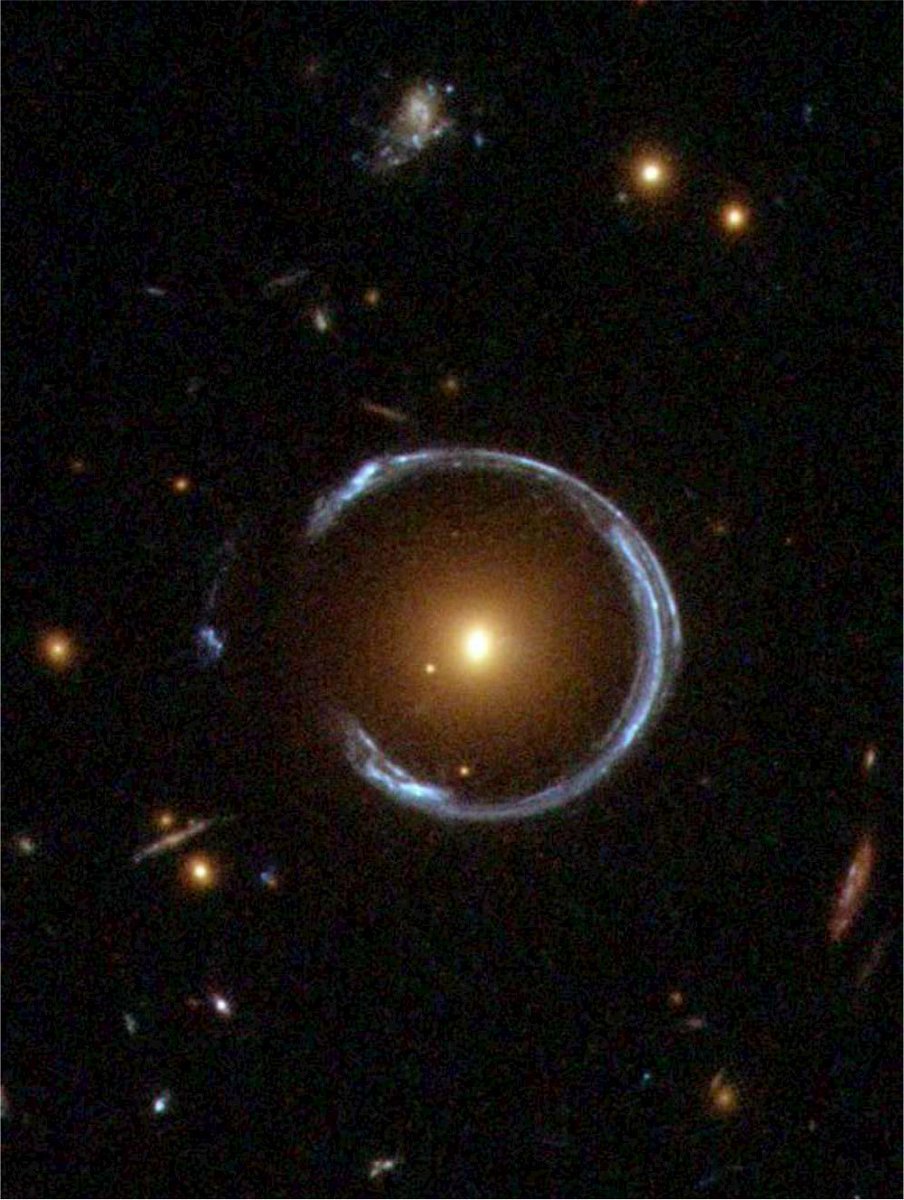1) larger galaxies/clusters are younger than dwarfs, so there's less time for energy exchange to occur
2) larger galaxies are *huge*, so the thermalizing (exchange of energy) happens on smaller scale relative to the galaxy.
⚡️ “What is Dark Matter? We don't know, but here's what we *do* know”
twitter.com/i/moments/1023…







